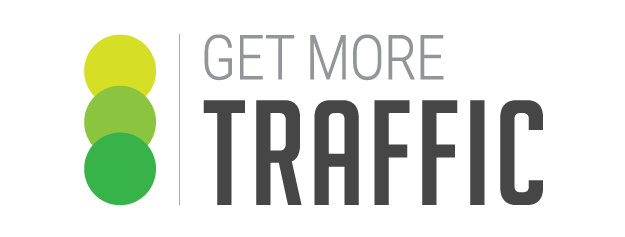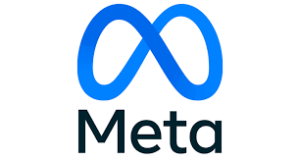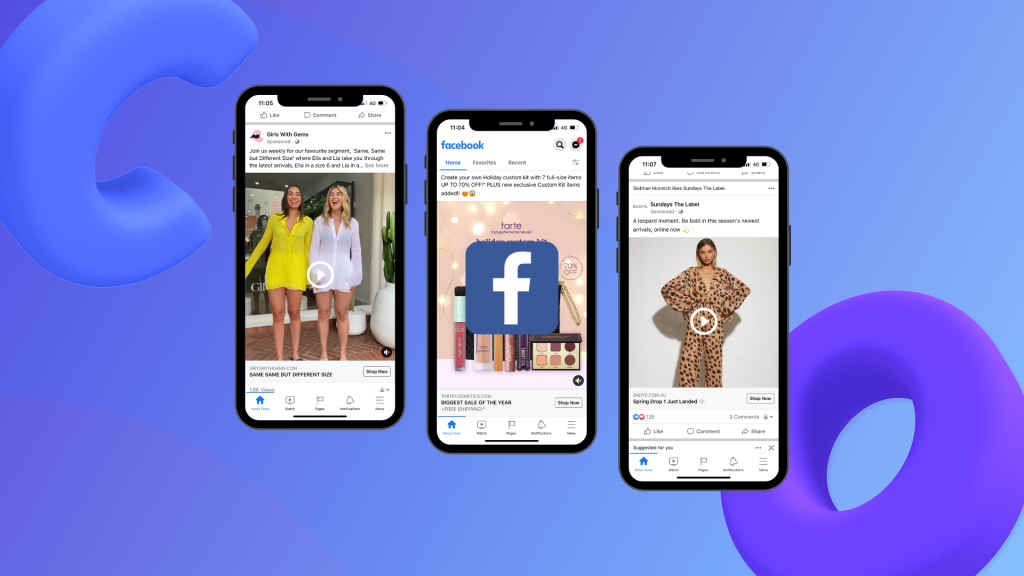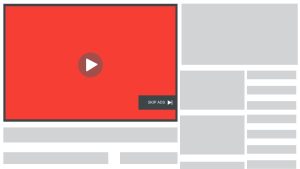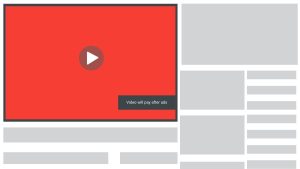May Digital Marketing Industry Updates
Keep up to date with latest digital marketing updates in the industry by following the Get More Traffic blog.
New Immersive Google Map Features Announced!

Businesses within the tourism and restaurant industries have more reason to increase their online presence. A new immersive visualization that combines Street View and aerial imagery to create a more dynamic and complete digital model was announced by Google at the recent 2022 I/O Summit. This new feature creates a holistic view and vantage of notable landmarks, restaurants, and other popular venues, giving potential customers a good idea of the venue before ever setting foot inside. For marketers, this would be a good way to market the look and feel of a place especially if they are looking to close potential bookings and reservations for events and celebrations.
Meta Ad Library Listings Now Providing More Transparency

As part of their continued efforts to limit access to users’ personal data and create more transparency on how advertisers are using that data, Facebook Meta has decided to add more insights on political, electoral, or social issue ads used on their platform. This change should be able to help researchers better analyse trends in ad usage. Furthermore, the new insights and information could also be used to give marketers get a better glimpse of their competition’s strategy and what audiences they’re currently targeting. Scoping out Meta’s Ad Library is always a good way to gather and collect fresh ideas and strategies, and these new changes to advertisers’ transparency will only help businesses be more competitive in terms of their advertising on the platform.
LinkedIn Makes New Content Discovery Updates
Some developments from LinkedIn have come up recently. One of these includes improvements to its content discovery updates. LinkedIn is making it easier now for users to find content surrounding topics they’re searching for. For example, when searching for breaking news, topics, or trends, users will not only be shown content from those within their network but also content from relevant creators as well. At the same time, LinkedIn is also making it easier to find content that you may have already seen previously. By allowing users to search a creator’s name or certain keywords within their content, content is now more discoverable and easier to find than ever before. If you’re looking to leverage off of LinkedIn’s professional network, now might be a good time to create or repurpose content to get more eyes and traffic on your business.
YouTube Shorts Gets a Green Screen!

While the Green Screen feature was first introduced last October, it was less than ideal compared to what TikTok and Instagram had on their platforms. When YouTube’s Green Screen option came out, it only allowed users to upload content from their camera roll to be used as their background image. Recently, YouTube has made updates to this feature, now also allowing the use of any eligible YouTube video or short as the background. To access the Green Screen function, simply select Create > Green Screen among the options under the video you’re watching. Or, if you’re watching YouTube shorts, click on the 3-dot menu and select Green Screen. For influencers, one way that this function has been used historically is as reaction videos, wherein influencers react to the latest memes or videos on their own feeds. YouTube Shorts’ length, though, still remains at 60 seconds, making it good for quick tips, tutorials, and behind-the-scenes looks for businesses.
January Digital Marketing Industry Updates
